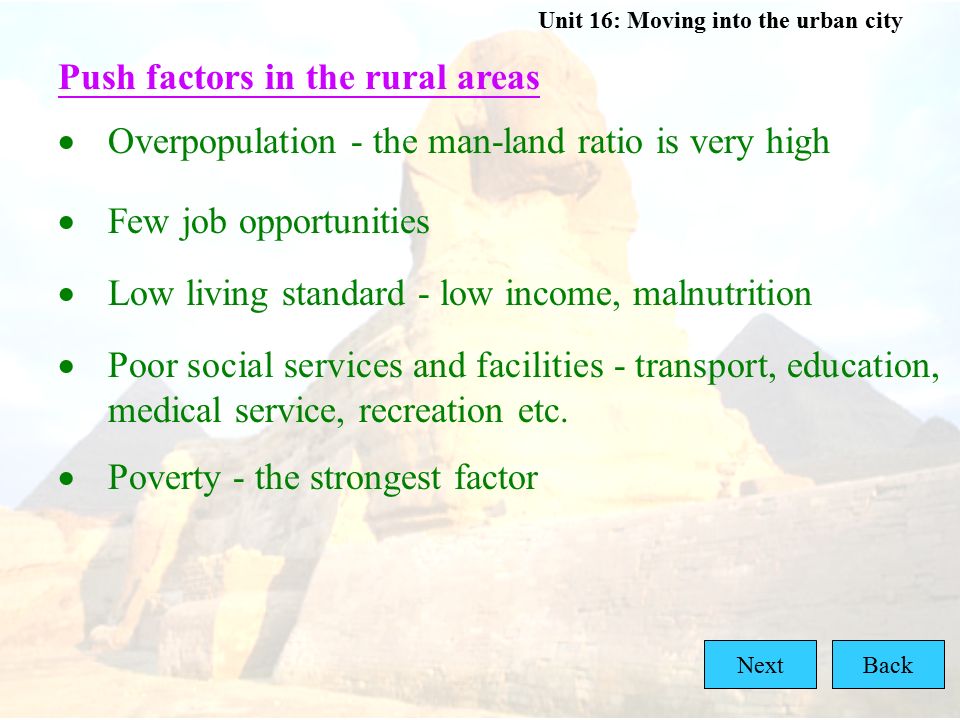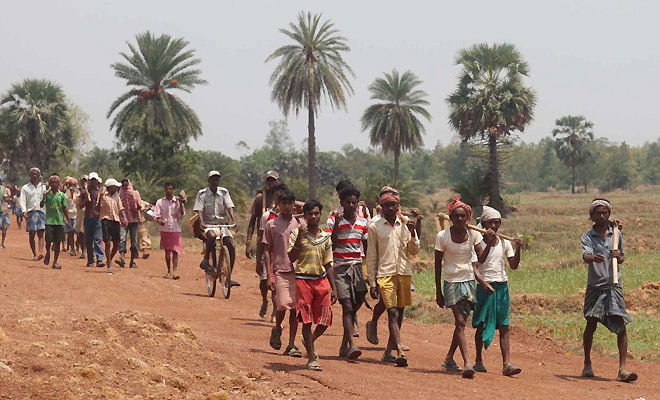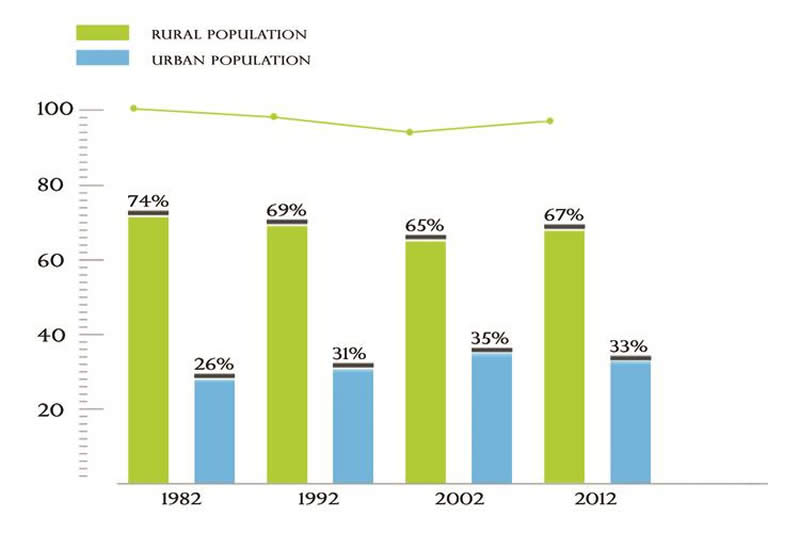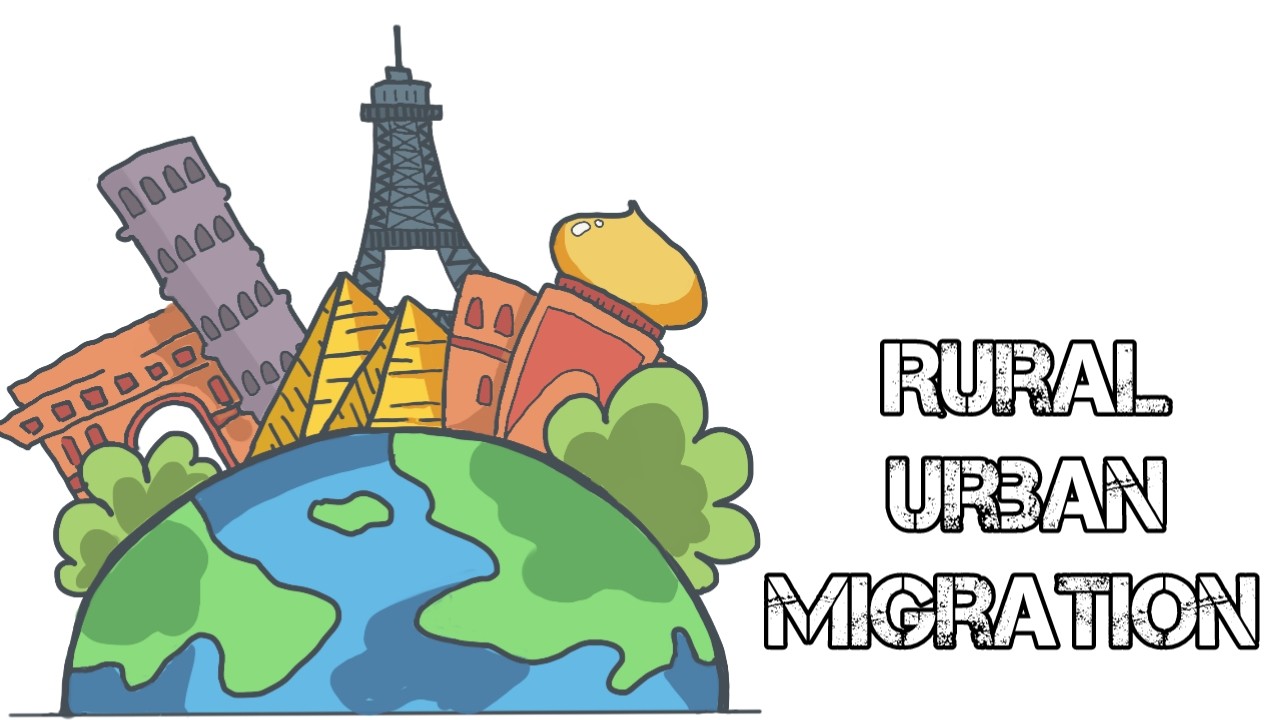Migration is the movement of people from one place to another, and it can be driven by various factors such as economic opportunities, political instability, natural disasters, or a desire for a better quality of life. One type of migration that has been happening for centuries is the migration of rural people to urban areas.
Rural areas are typically characterized by a low population density, a reliance on agriculture and natural resources, and a lack of urban amenities such as schools, hospitals, and transportation networks. Urban areas, on the other hand, are characterized by a high population density, a diverse range of industries, and a range of urban amenities. As a result, many rural people migrate to urban areas in search of better opportunities and a higher quality of life.
There are several reasons why rural people migrate to urban areas. One of the main reasons is economic opportunities. Urban areas often have a more diverse range of industries and job opportunities, which can be more attractive to rural people who may be limited by the economic opportunities in their rural communities. Urban areas also often have higher wages and a higher standard of living, which can be a major incentive for rural people to migrate.
Another reason why rural people migrate to urban areas is the availability of education and other services. Urban areas generally have more educational institutions, hospitals, and other services that are not available in rural areas. For example, urban areas often have universities and other higher education institutions that can provide rural people with the opportunity to further their education and improve their job prospects.
However, there are also challenges associated with rural-urban migration. One of the main challenges is the cost of living in urban areas, which is often higher than in rural areas due to higher housing and other living costs. This can be a major barrier for rural people who may not have the financial resources to afford the higher cost of living in urban areas.
In addition, rural-urban migration can also lead to social and cultural challenges, as rural people may be unfamiliar with the customs and norms of urban areas. This can lead to feelings of isolation and a lack of social support, which can be difficult for rural people who are used to the close-knit communities of their rural homes.
Despite these challenges, rural-urban migration continues to be a significant trend around the world. As urban areas continue to grow and offer more opportunities and amenities, it is likely that rural people will continue to migrate to urban areas in search of a better quality of life.
In conclusion, the migration of rural people to urban areas is a complex phenomenon that is driven by a variety of factors such as economic opportunities, education, and a desire for a higher standard of living. While there are challenges associated with rural-urban migration, it is likely to continue as urban areas offer more opportunities and amenities than rural areas.








